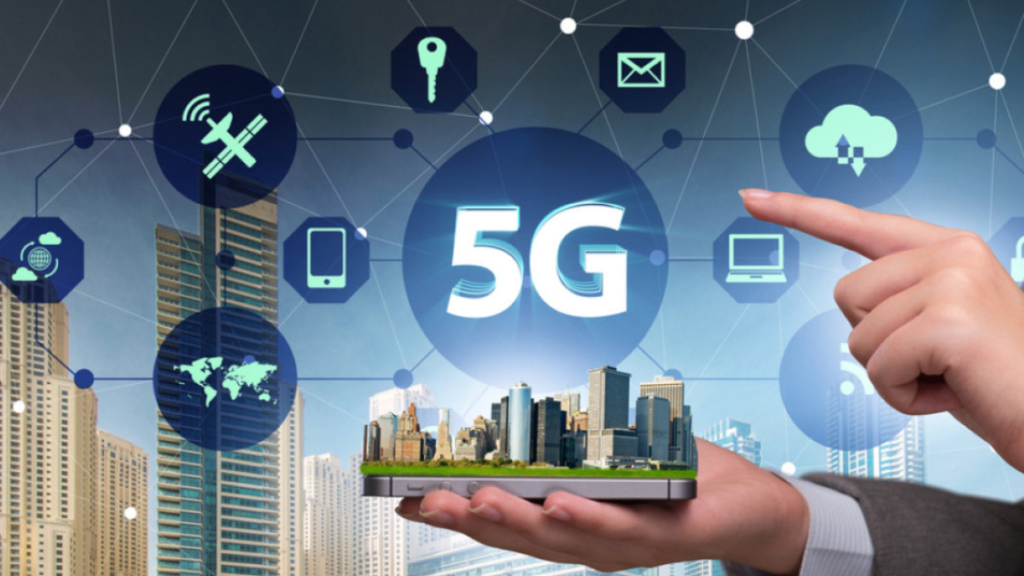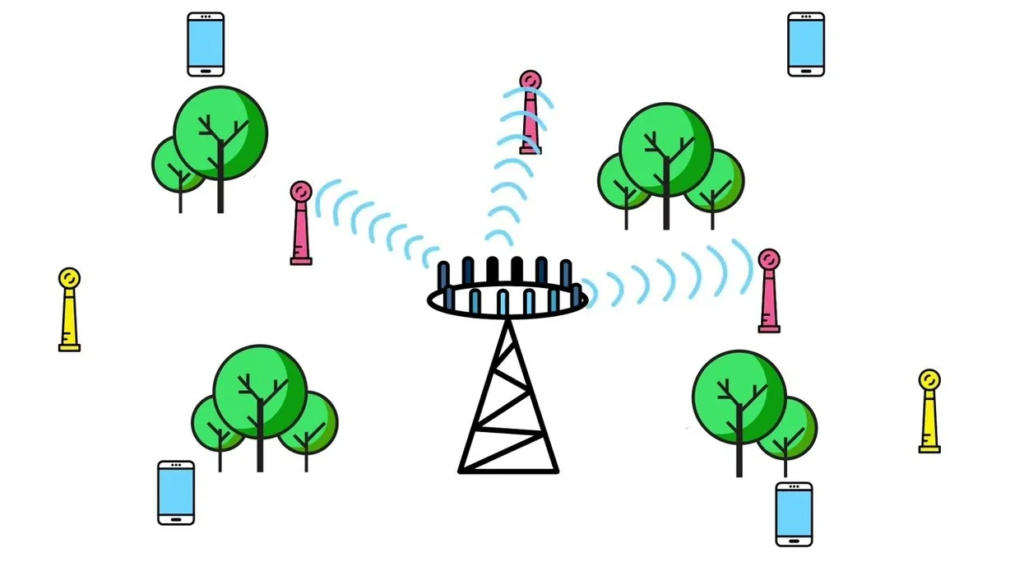In a world where connectivity plays a pivotal role in our daily lives, the advent of 5G technology has opened up a realm of possibilities for app developers. 5G promises ultra-fast speeds, low latency, and seamless connectivity, making it a game-changer for mobile applications. Developing 5G-ready apps requires a strategic approach, and in this guide, we will explore tips and techniques to help app developers leverage the full potential of 5G technology.
1. Understand the Benefits of 5G for Apps
Before diving into development, it’s crucial to grasp the advantages 5G brings to the table. These benefits include:

– Speed: 5G networks offer incredibly fast download and upload speeds, which can revolutionize the user experience for streaming, gaming, and data-intensive applications.
– Low Latency: Reduced latency in 5G networks means real-time interactions become smoother, making applications like augmented reality (AR), virtual reality (VR), and IoT more responsive.
– Enhanced Capacity: 5G networks can handle a significantly higher number of connected devices simultaneously, making it ideal for apps in crowded areas or IoT deployments.
– Reliability: 5G networks are more stable, ensuring a consistent and dependable connection for users.
Understanding these benefits will help you tailor your app’s features and capabilities to make the most of 5G technology.
2. Optimize for Speed and Efficiency
5G’s speed advantage requires developers to optimize their apps for efficient data usage. Here’s how:

– Content Delivery: Implement content delivery networks (CDNs) to cache and serve content closer to users, reducing data transfer times.
– Data Compression: Utilize efficient data compression algorithms to minimize the amount of data your app needs to transmit.
– Load Balancing: Distribute network requests evenly across multiple servers to prevent bottlenecks and ensure a smooth user experience.
3. Prioritize Low Latency
Low latency is essential for real-time applications like gaming and AR. To reduce latency:

– Edge Computing: Leverage edge computing resources to process data closer to the user, minimizing round-trip delays to centralized servers.
– Use WebSockets: Implement WebSocket connections to enable real-time data exchange without the overhead of traditional HTTP requests.
– Caching: Cache frequently accessed data locally on the user’s device to reduce the need for constant data retrieval.
4. Implement Progressive Web Apps (PWAs)
Progressive Web Apps are an excellent choice for 5G-ready apps because they combine the best of web and mobile applications. They are:

– Lightweight: PWAs are smaller in size compared to native apps, reducing data consumption.
– Responsive: They adapt seamlessly to different screen sizes and orientations.
– Offline Support: PWAs can work offline or in low network conditions, ensuring continuous functionality.
5. Embrace Augmented Reality (AR) and Virtual Reality (VR)
5G’s low latency and high speed make it a perfect match for AR and VR applications. Consider integrating AR and VR features into your app to provide immersive experiences, whether it’s for gaming, education, or virtual tourism.

6. Focus on IoT Integration
With 5G’s increased capacity and stability, IoT integration becomes more accessible. Develop apps that can seamlessly communicate with and control IoT devices. Whether it’s home automation, smart cities, or industrial applications, 5G can power the Internet of Things like never before.

7. Optimize for Battery Efficiency

While 5G offers incredible speed, it can consume more power than older network technologies. To ensure a positive user experience:
– Background Tasks: Minimize background tasks that drain the device’s battery.
– Idle State Optimization: Use techniques like Doze mode (Android) and App Nap (iOS) to reduce power consumption when the app is idle.
8. Test Thoroughly
5G is still evolving, and its performance can vary depending on location and network infrastructure. Test your app under various network conditions and on different 5G devices to ensure it performs reliably.

– Network Simulation: Use network simulation tools to replicate real-world network conditions during testing.
– User Feedback: Gather feedback from beta testers to identify and address any performance issues.
Developing 5G-ready apps presents exciting opportunities for app developers. By understanding the benefits of 5G, optimizing for speed and efficiency, focusing on low latency, and embracing emerging technologies like AR, VR, and IoT, you can create applications that take full advantage of the 5G revolution. With careful planning and testing, your apps can deliver an exceptional user experience in the world of ultra-fast, ultra-connected 5G networks.
Incorporating these tips into your app development process will not only future-proof your applications but also ensure that they stand out in a 5G-enabled world, providing users with faster, more responsive, and engaging experiences.






